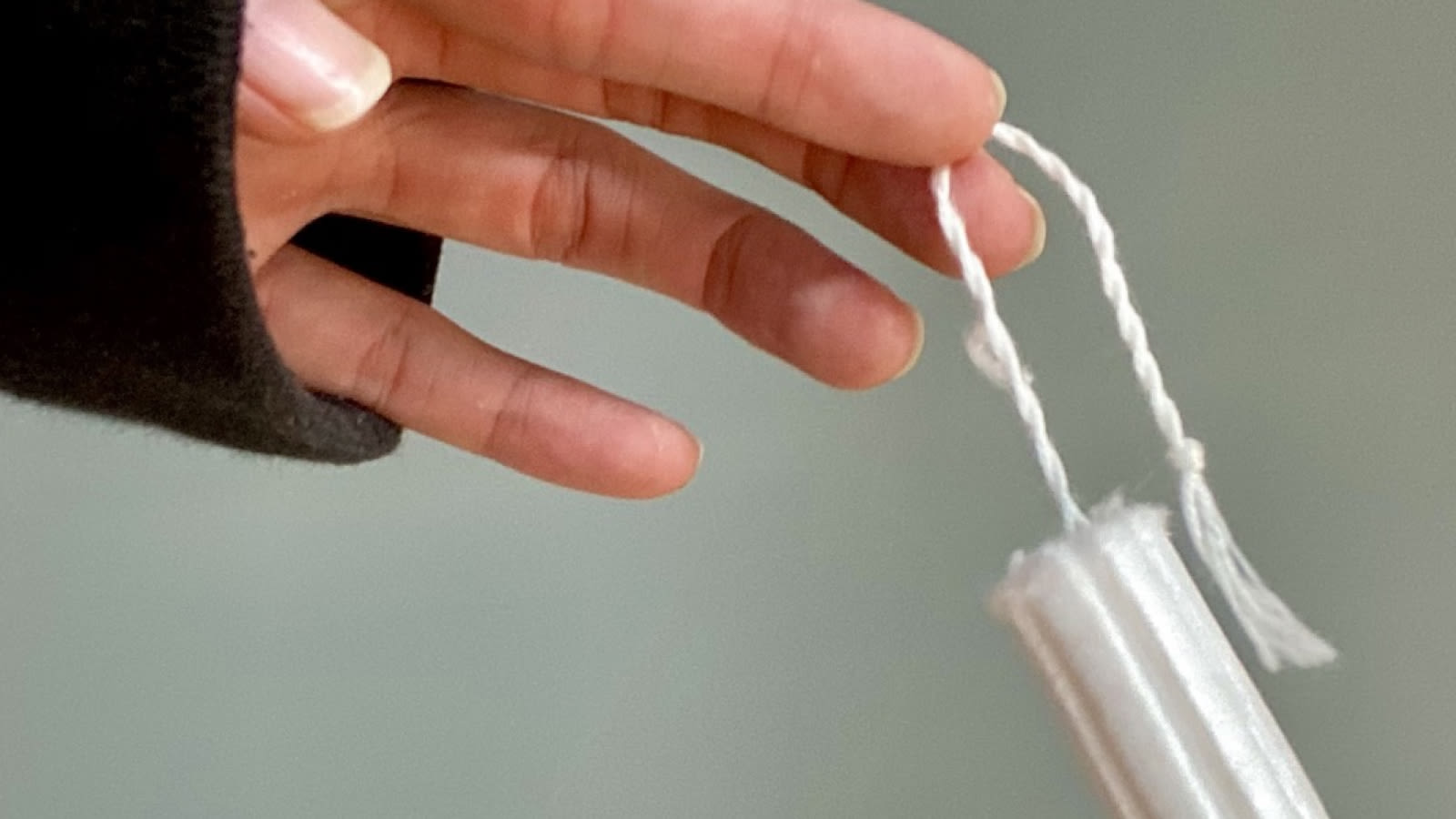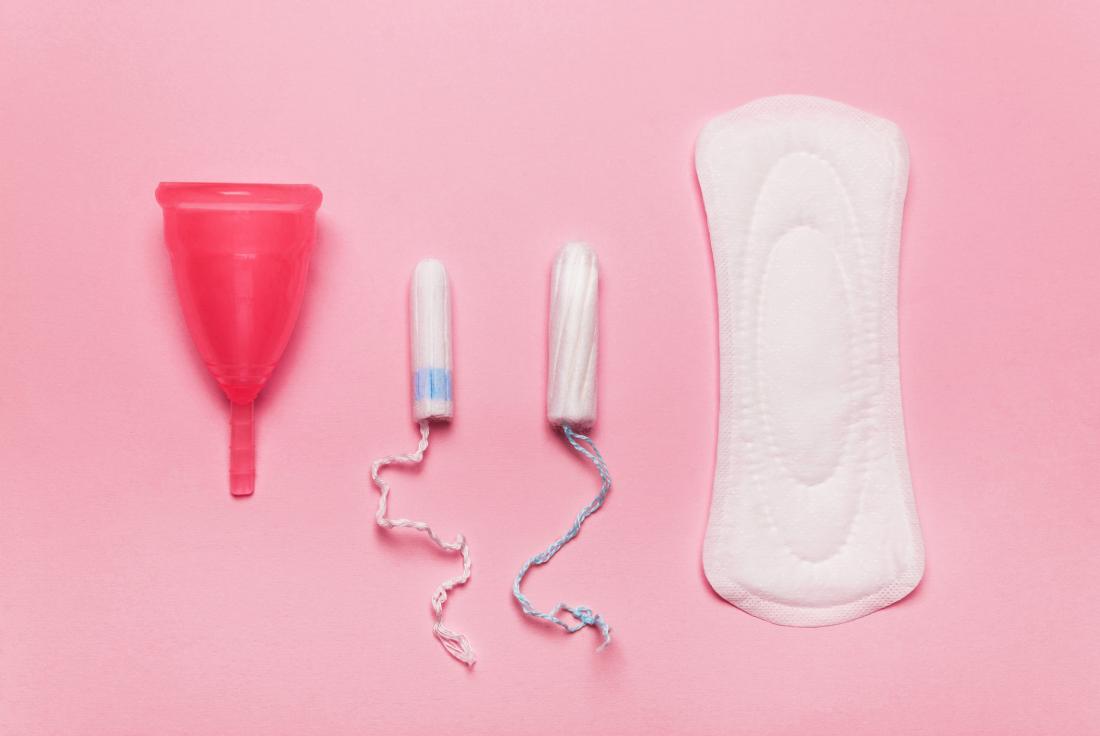Ladies, let’s talk about a topic that affects us all: the rising cost of tampons. It’s no secret that these essential feminine care products have become increasingly expensive in recent years. And if you’re wondering why, you’re not alone.
Today, we’re diving into the reasons behind the soaring prices of tampons and shedding light on the impact it has on women, particularly those facing financial hardships.

Contents
Why Are Tampons So Expensive?
1. Supply Chain Constraints
One major factor contributing to the price hikes of tampons is supply chain constraints. Companies like P&G, a leading manufacturer of feminine care products, have cited ongoing supply chain issues as the reason behind the price increases. These constraints can range from difficulties in sourcing raw materials to disruptions in production and distribution. Unfortunately, it’s the consumers who end up bearing the brunt of these inefficiencies.
2. Increased Demand and Competition for Materials
The materials used in tampons, such as cotton, rayon, fluff pulp, and plastic, have been in high demand in recent times. The COVID-19 pandemic and other global events have caused a surge in the need for these materials, not only for tampons but also for medical products like masks. This increased demand and competition for materials have driven up the costs of production, which are then passed on to the consumers.
3. Inflation and Rising Costs
Tampons, like many other products, have also been affected by inflation. Inflation refers to the general increase in prices over time due to factors such as rising production costs, changes in currency value, and economic conditions. P&G, for instance, announced increased prices on feminine care products due to inflation. These price hikes, combined with the supply chain constraints, further contribute to the overall increase in the cost of tampons.
4. Impact on Low-Income Women
While a box of tampons may not seem like a significant expense for middle and upper-class women, it can present a serious problem for low-income women facing “period poverty.” Period poverty refers to the lack of access to menstrual products due to financial constraints. The rising cost of tampons only exacerbates this issue, making it more challenging for these women to manage their menstruation with dignity and comfort.
The rising cost of tampons can be attributed to supply chain constraints, increased demand and competition for materials, inflation, and the impact on low-income women. These factors collectively contribute to the higher prices of tampons, creating financial challenges for many women. It
The Cost of Production

1. Raw Materials
The rising cost of tampons can be attributed, in part, to the increasing prices of the raw materials used in their production. Tampons are made from a combination of materials including cotton, rayon, fluff pulp, and plastic. These materials have faced high demand during the pandemic for use in medical products like masks, leading to shortages and driving up the prices. Additionally, factors such as extreme drought in Texas, diesel prices, and geopolitical events like Russia’s invasion of Ukraine have further tightened the supply of these raw materials. As a result, the cost of sourcing these materials has increased significantly.
2. Manufacturing Process
The manufacturing process of tampons also contributes to their overall cost. Producing tampons requires specialized machinery and complex manufacturing processes. This includes the spinning of materials into absorbent fibers, molding them into the tampon shape, and applying finishing touches such as wrappers and applicators. The operation and maintenance of the manufacturing equipment, along with ensuring strict hygiene and quality control standards, add to the production costs.
3. Packaging and Distribution
The packaging and distribution of tampons also contribute to their overall cost. Tampons need to be packaged securely in materials that maintain their integrity and prevent contamination. This packaging not only ensures the safety and hygiene of the product but also enhances its shelf life. Additionally, the distribution of tampons involves transportation, warehousing, and logistics costs. Getting the products from the manufacturing facilities to retailers and ultimately to the hands of consumers incurs expenses that are factored into the final retail price.
The combination of rising costs for raw materials, the complexity of the manufacturing process, and the expenses associated with packaging and distribution collectively contribute to the higher prices of tampons. These cost factors, combined with other supply chain challenges and increased demand, create financial challenges for many women, particularly those facing “period poverty.” By understanding the cost of production, we can better appreciate the reasons behind the rising prices and the need for more accessible and affordable menstrual products.
Taxes and Regulations
When it comes to the rising cost of tampons, taxes and regulations play a significant role. In many states across the US, there is a “tampon tax” imposed on feminine hygiene products like tampons and pads. These taxes contribute to the higher prices women have to pay for these essential items.
For instance, in California, the state collects around $55 million per year from just diaper and tampon taxes alone. In New York, the tampon tax brings in an estimated $14 million annually. These taxes provide a significant amount of public revenue but place an undue burden on the menstruating population.
The “tampon tax” is calculated as a percentage of the cost of the item, meaning that as inflation goes up, the taxes on tampons increase as well. This compounds the costs faced by women who already pay more for these items.
While some progress has been made in eliminating the tampon tax, with the EU and UK doing away with it in 2022, 22 states in the US still charge sales tax on tampons, ranging from 4% to 7%. This translates into higher prices at the checkout counter, further straining the budgets of women who need these products.
Additionally, regulations surrounding the manufacturing and distribution of tampons also contribute to their higher costs. Tampons are considered medical devices by the FDA, which means that they must adhere to strict quality control standards and manufacturing processes. This requires specialized machinery and skilled labor, adding to the overall manufacturing expenses.
Moreover, the packaging and distribution of tampons also incur additional costs that are factored into the final retail price. The transportation and storage of these products involve logistics and overhead expenses that further drive up the cost.
In combination with other factors like supply chain constraints and increased demand, the taxes and regulations surrounding tampons result in financial challenges for many women, particularly those facing “period poverty.” It’s a systemic issue that needs to be addressed to ensure that menstrual hygiene products are accessible and affordable for all women.
Branding and Marketing
1. Advertising Expenses
Branding and marketing play a significant role in the pricing of tampons. Companies invest heavily in advertising to promote their products and create brand awareness among consumers. These advertising expenses, such as TV commercials, print ads, and online campaigns, are factored into the final price of tampons.
2. Branding and Packaging
Branding and packaging also contribute to the cost of tampons. Companies invest in creating appealing and recognizable packaging designs that stand out on store shelves. These eye-catching designs and branding elements are aimed at attracting consumers and building brand loyalty. However, the costs associated with premium packaging designs are ultimately passed on to the consumers, making tampons more expensive.
3. Retailer Markup
Another factor contributing to the high cost of tampons is the retailer markup. Retailers, both in physical stores and online platforms, often apply a markup to the wholesale price of tampons to cover their operational expenses and generate profits. This markup is added to the manufacturing and distribution costs of tampons, further increasing the overall price that consumers pay.
These aspects of branding, marketing, and retailer markup all add up to the overall cost of tampons. While these expenses are necessary for companies and retailers to stay in business and promote their products, they also contribute to the rising prices that consumers have to bear. Understanding these factors can help shed light on why tampons are so expensive and empower you to make informed choices when purchasing these essential products.
Lack of Competition

In the world of tampons, one factor that contributes to their high prices is the lack of competition in the market. Let’s delve into a few reasons why this is the case.
1. Limited Number of Manufacturers
First and foremost, the limited number of manufacturers plays a significant role in the relatively high cost of tampons. There are only a few companies that dominate the market, which means less competition and fewer options for consumers like you.
With fewer choices available, these manufacturers have the power to set their prices accordingly. Without the pressure of competitive pricing, they can charge more for their products, resulting in higher costs for consumers.
2. Patent Protection
Another factor that restricts competition in the tampon industry is patent protection. Some manufacturers hold patents on certain features or technologies used in their tampons, preventing other companies from entering the market with similar products.
This lack of competition allows patent holders to maintain higher prices for their patented tampons. Without the ability for other manufacturers to create similar, potentially more affordable alternatives, consumers are left with limited options and higher costs.
3. Market Consolidation
The tampon market has experienced significant consolidation over the years, with larger companies acquiring smaller ones. This consolidation further reduces competition and strengthens the market power of a few dominant players.
With fewer independent companies in the market, there is less pressure to compete on price. Instead, these larger companies can focus on maintaining their market share and maximizing profits, even if it means charging higher prices for their tampons.
The lack of competition in the tampon industry contributes to the high prices you encounter on store shelves. With a limited number of manufacturers, patent protection, and market consolidation, there are fewer options for consumers, leading to higher costs.
Ways to Save Money on Tampons
When it comes to managing your period on a budget, there are several strategies you can employ to save money on tampons. Take a look at the following tips and make sure you’re not overspending on menstrual products:
1. Look for Sales and Discounts: Keep an eye out for sales and discounts at your local stores or online retailers. Many stores offer promotions and discounts on tampons throughout the year. By taking advantage of these deals, you can save a significant amount of money in the long run.
2. Buy in Bulk: Consider purchasing tampons in bulk to save even more. Larger pack sizes often have lower unit costs, allowing you to stock up on your preferred brand without breaking the bank. Not only does this save you money, but it also ensures that you have an adequate supply of tampons on hand when you need them.
3. Try Store Brands: Don’t be afraid to try store-brand tampons. They are often cheaper than their name-brand counterparts, but still provide the same level of protection and comfort. You might be pleasantly surprised at the quality and savings you can find with store-brand options.
4. Explore Reusable Alternatives: Another cost-saving option is to explore reusable menstrual products, such as menstrual cups or reusable cloth pads. While the upfront cost may be higher, these products can last for years, ultimately saving you money over time. Additionally, reusable options are eco-friendly, reducing waste and minimizing your environmental impact.
5. Consider Subscription Services: Many companies now offer subscription services for tampons, which can provide convenience and savings. By signing up for a monthly or quarterly subscription, you can have tampons delivered directly to your doorstep at a discounted price. These services often offer flexibility, allowing you to adjust the quantity and frequency of deliveries to suit your needs.
6. Keep an Eye on Tax Reduction Efforts: Stay informed about ongoing efforts to reduce or eliminate taxes on menstrual products in your area. Advocacy groups and lawmakers are working to remove the “tampon tax” in many states, which could result in significant savings for menstruators.
Implementing these money-saving strategies can help alleviate the financial burden of purchasing tampons. By being proactive in seeking out sales, exploring alternative options, and staying informed about tax reduction efforts, you can ensure that your period doesn’t break the bank. Remember, your well-being should always be a priority, and that includes finding affordable ways to
Conclusion
By implementing these cost-saving strategies, you can take control of your menstrual health without breaking the bank. Look for sales and discounts to get the best deals on tampons. Buying in bulk can save you money in the long run. Don’t hesitate to try store brands, as they often offer comparable quality at a lower price.
Exploring reusable alternatives, such as menstrual cups or period underwear, can be a sustainable and cost-effective option. Subscription services can provide convenience and savings, delivering tampons to your doorstep on a regular basis. Stay informed about tax reduction efforts in your area, as these initiatives aim to make menstrual products more affordable.
Remember, your period is a natural part of life, and it shouldn’t be a financial burden. By being proactive and seeking out money-saving options, you can ensure that your menstrual health doesn’t come at a high cost. Take charge of your budget and prioritize your well-being.
Frequently Asked Questions
How many people can’t afford tampons?
According to the World Bank, as many as 500 million people across the globe lack access to basic menstrual products and hygienic bathroom facilities for use during their menstrual cycles.
Are tampons a necessity not a luxury?
These products are not a luxury but a necessity, and they are increasingly becoming inaccessible to all Americans — but particularly some of our most vulnerable individuals. This tampon shortage only spotlights the existing, vital need for menstrual equity.
Who is to blame for the tampon shortage?
Professor and supply chain management expert Hitendra Chaturvedi also believes the problem is temporary. However, he cites P&G’s inability to have a backup plan as the real cause of the problem. “Kimberly Clark isn’t having a problem,” he said. “The problem is P&G.
Is it healthier to use pads or tampons?
And since you’ve asked, I have to tell you—aside from the risk of TSS from tampons—there really is no “healthier” choice. What is important is proper use and comfort.
I am a medical student with experience and interest in Women’s health and well-being.